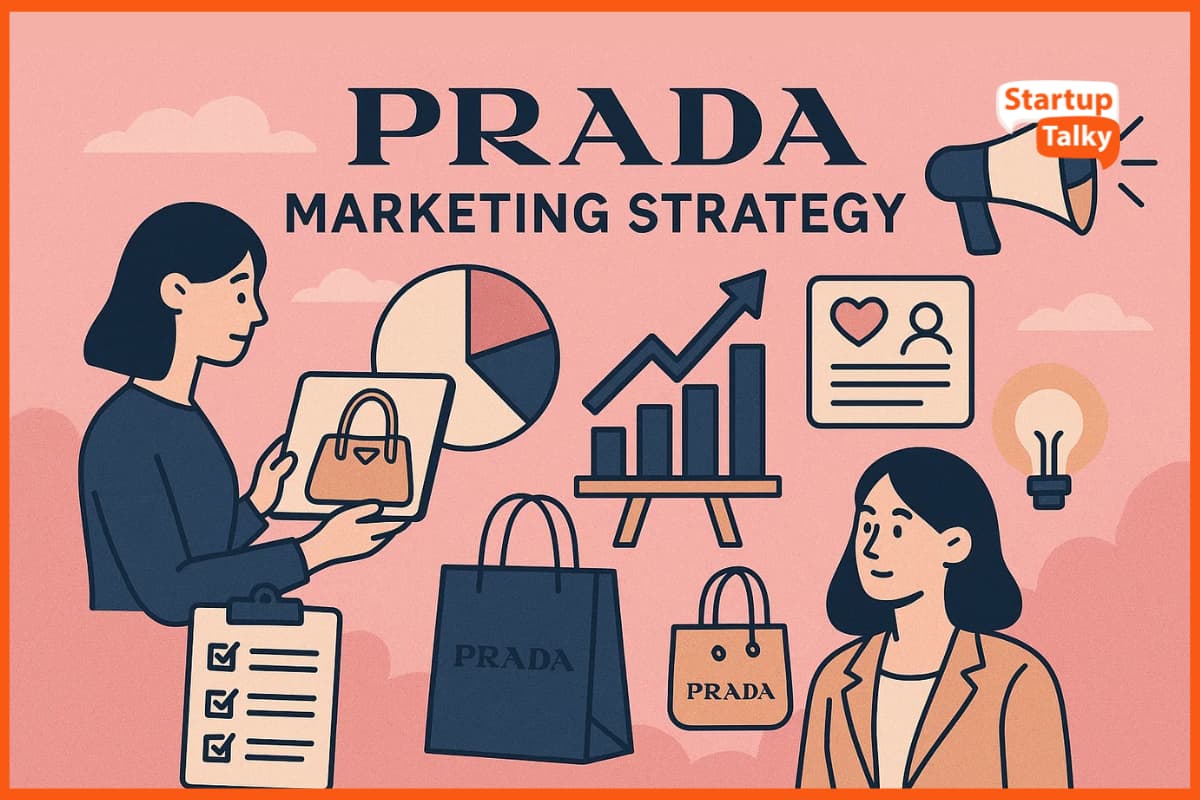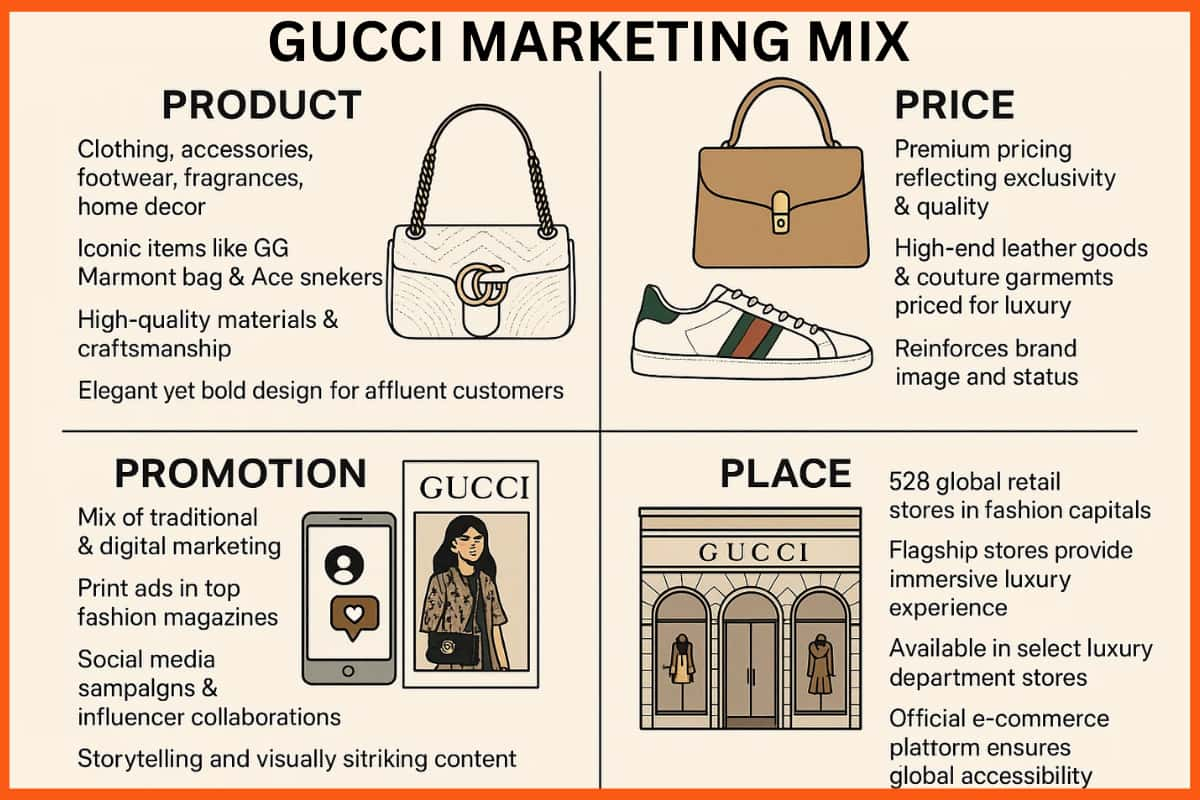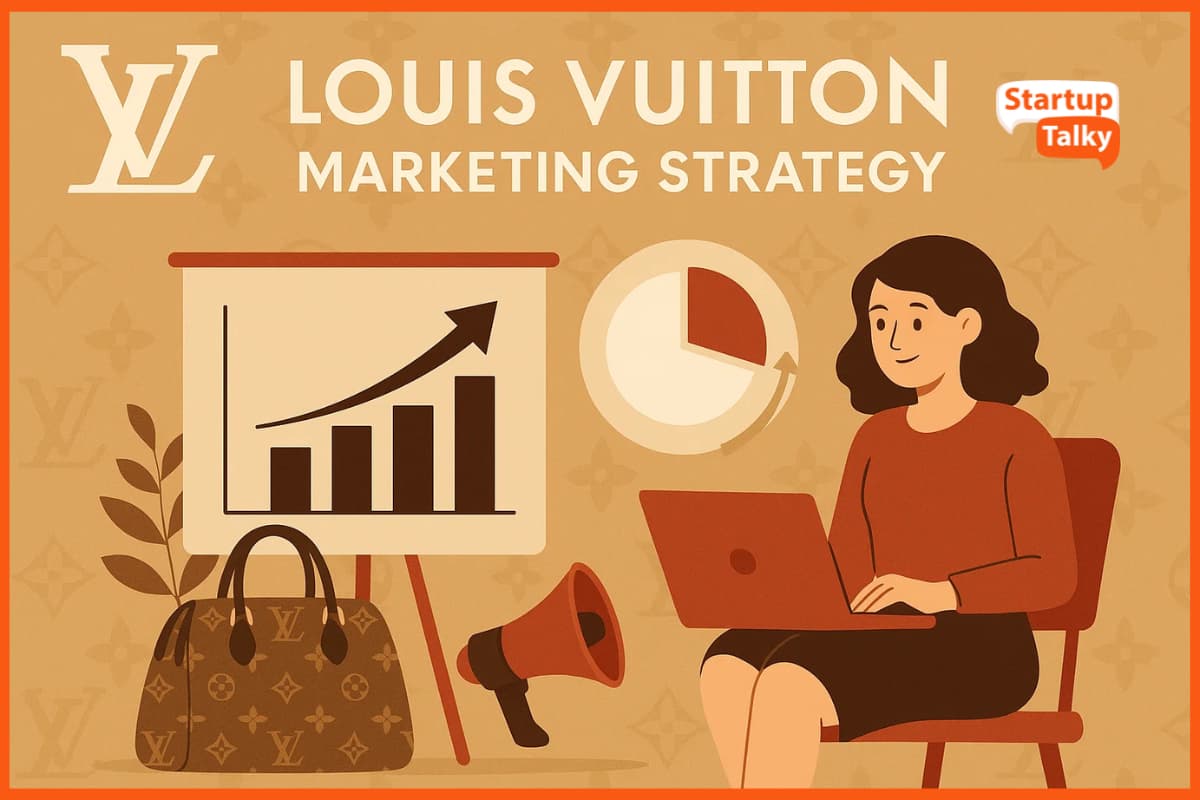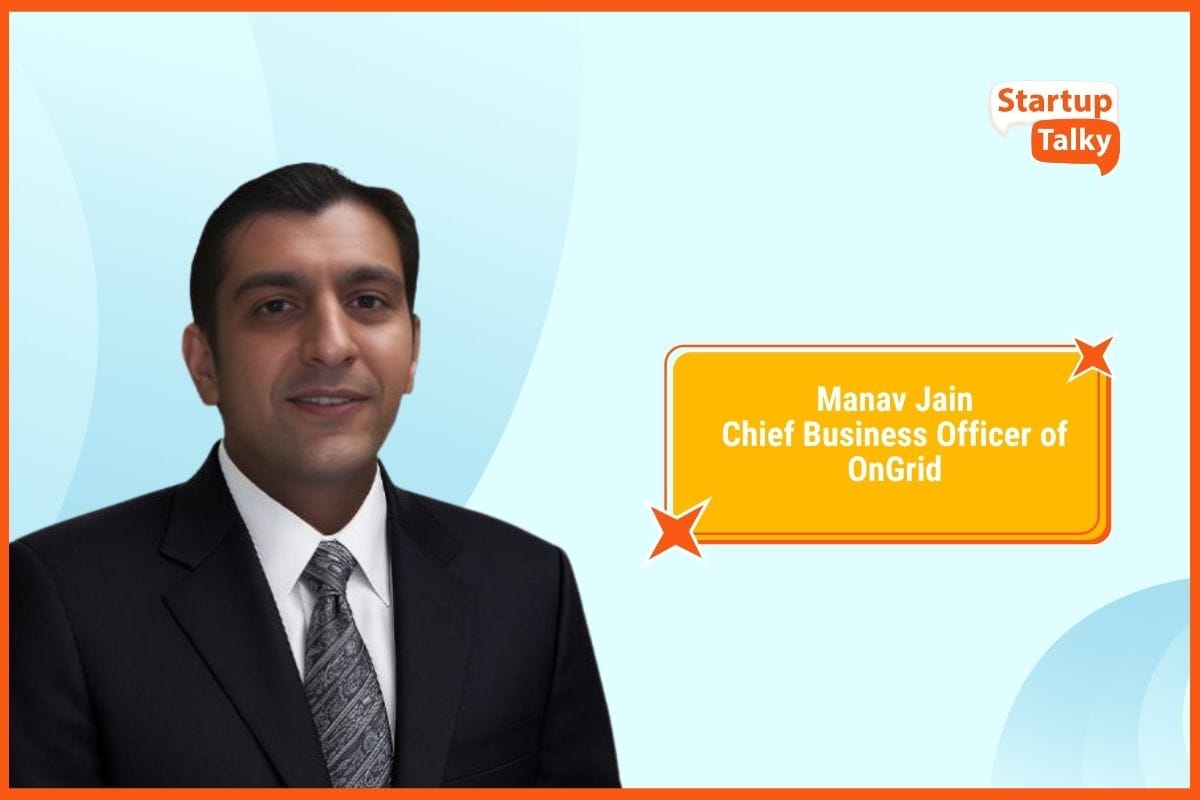Gucci Marketing Strategy, Pricing Strategy & Target Market | Complete Marketing Mix of Gucci
🔍Insights
Gucci, the iconic Italian fashion powerhouse, burst onto the scene in 1921 when Guccio Gucci decided to bring his visionary ideas to life. At the age of 40, he established the brand in Florence, forever imprinting his name on the world of luxury fashion. The renowned double G logo, a symbol of elegance and sophistication, stands as a testament to the visionary founder.
Gucci’s boldness is not limited to its designs alone. In 1998, their audacious “Genius Jeans” claimed a place in the Guinness World Records as the most expensive pair of jeans ever, with a jaw-dropping price tag of $3,134. This audacious move solidified Gucci’s reputation as an avant-garde trendsetter.
Gucci has exemplified its commitment to social responsibility through its partnership with UNICEF since 2005. By pledging a percentage of its profits to this noble cause, the brand has contributed to providing underprivileged children in third-world countries with access to education and clean water.
Throughout its history, Gucci has consistently pushed boundaries and set trends. Sixty years after its founding, the company held its first runway show, returning to the enchanting city of Florence, where it all began.
Gucci has experienced remarkable growth in recent years, soaring from 147 billion euros in 2009 to a staggering 281 billion euros in 2019. Although the market experienced a temporary setback in 2020 due to the pandemic, it swiftly rebounded in 2021. A notable fact is that one-third of the market’s value is attributed to the sales of luxurious accessories, including exquisite watches and coveted handbags.
Gucci, with a brand value of a remarkable 23.8 billion USD, stands at the forefront of the luxury fashion industry. It dominates the revenue share of the leather goods category with an impressive 52% share, a testament to the brand’s unparalleled craftsmanship and timeless designs. In Western Europe, Gucci captures a significant market share, accounting for 22% of the region’s revenue, further solidifying its influence and popularity.
With a strong global presence, Gucci boasts a network of 501 retail stores worldwide, strategically positioned to cater to the brand’s discerning clientele. Moreover, Gucci proudly holds the title of the most valuable brand in Italy, according to the National Brands IPX rankings.
Gucci owes its tremendous success not only to its impeccable craftsmanship and innovative designs but also to its ingenious marketing strategies. By cultivating an aura of exclusivity and indulgence, Gucci has captured the imagination of luxury seekers, becoming a symbol of status and opulence.
Gucci Target Audience
Gucci Marketing Mix
Gucci Marketing Campaigns
Gucci Marketing Strategy
Gucci Target Audience
Gucci’s target audience encompasses affluent individuals, both men and women, between the ages of 25 and 45, who possess a taste for luxury and are willing to make a bold fashion statement. This demographic group typically enjoys higher disposable incomes, allowing them to invest in Gucci’s high-end products. Gucci has a strong presence in key fashion capitals worldwide, while also capturing significant market share in Western Europe. The business is active all over the world. As of 2022, the Asia-Pacific region accounted for 36% of Gucci’s total income. The brand’s appeal extends to emerging luxury markets, particularly China, where the rising affluent class seeks prestigious and globally recognized brands. Gucci’s target audience appreciates fine craftsmanship, exquisite designs, and the exclusivity associated with the brand.

Gucci Marketing Mix
By employing a comprehensive marketing mix, Gucci has solidified its position as a trendsetter in the industry and a symbol of opulence and sophistication.

Gucci Product Strategy
The brand offers a diverse selection of luxurious items, including clothing, accessories, footwear, fragrances, and even home decor. Each product showcases impeccable craftsmanship, exclusive designs, and the finest materials, catering to the discerning tastes of its affluent clientele. Whether it’s the iconic GG Marmont handbag or the sleek Ace sneakers, Gucci ensures that every item embodies its signature blend of elegance and audacity.

Gucci Price Strategy
Gucci’s pricing strategy aligns with its premium positioning in the market. The brand sets its prices at a level that reflects the exclusivity and quality of its products. From its high-end leather goods to its couture garments, Gucci products come with a price tag that conveys luxury and status. The brand’s ability to command premium prices is evidenced by its impressive revenue figures and brand value. This pricing strategy not only reinforces Gucci’s image as a luxury brand but also contributes to its profitability and sustainable growth.
Gucci Promotion Strategy
Gucci’s promotional efforts are captivating and boundary-pushing, designed to create buzz and desire among its target audience. The brand leverages a mix of traditional and digital marketing channels to reach consumers worldwide. From lavish print advertisements in renowned fashion magazines to captivating social media campaigns, Gucci captivates consumers with its visually stunning visuals, storytelling, and collaborations with influencers and celebrities. The brand’s media impact value of 87.6 million USD is a testament to the effectiveness of its promotional strategies in generating awareness and driving engagement.
Gucci Place Strategy
Gucci’s strategic placement of its products plays a crucial role in its marketing mix. The brand operates a global network of 528 retail stores, strategically located in key fashion capitals and high-end shopping destinations. These flagship stores offer an immersive and luxurious shopping experience, allowing consumers to engage with the brand’s aesthetic and heritage. Gucci’s products are also available through select luxury department stores and its official e-commerce platform, ensuring accessibility to a wider customer base.
Gucci’s mastery of the marketing mix has propelled it to the forefront of the luxury fashion industry. Gucci continues to captivate its target audience, setting trends and defying industry norms. With its audacious marketing strategies, Gucci remains an iconic brand that embodies luxury, elegance, and a spirit of boldness.

Gucci Marketing Campaigns
Gucci has consistently mesmerized the fashion world with its captivating and innovative marketing campaigns. Here are some of their top campaigns that have left an indelible mark on the industry:
Gucci x UNICEF
In 2005, Gucci joined forces with UNICEF for a groundbreaking campaign. The partnership aimed to improve the lives of underprivileged children in developing countries by donating a portion of Gucci’s profits. This socially responsible campaign not only showcased Gucci’s commitment to philanthropy but also resonated with consumers who admired the brand’s efforts to make a positive impact.
Gucci Presents: UNICEF & Chime for Change
Gucci Guilty
The Gucci Guilty fragrance campaign captivated audiences with its bold and provocative storytelling. The campaign featured high-profile celebrities, including Elliot Page, Julia Garner, and A$AP Rocky, in a series of captivating and visually stunning advertisements. This campaign effectively conveyed the sensuality and allure of the Gucci Guilty fragrance, establishing it as a must-have scent for those seeking a touch of luxury and sophistication.
The New Gucci Guilty Campaign with Elliot Page, Julia Garner and A$AP Rocky
#GucciGram
Gucci’s #GucciGram campaign demonstrated the brand’s ability to merge high fashion with digital art. The campaign invited renowned artists and creatives to reinterpret Gucci’s iconic motifs and designs. The result was a series of captivating digital artworks that were shared on social media platforms, generating widespread engagement and showcasing Gucci’s commitment to artistic collaboration and innovation.

Gucci Bloom
The Gucci Bloom campaign celebrated the launch of the brand's fragrance of the same name. The campaign featured a star-studded cast, including Dakota Johnson, Hari Nef, and Petra Collins, in a dreamlike garden setting. The visuals exuded a sense of femininity and natural beauty, perfectly capturing the essence of the fragrance. This campaign not only drove interest and sales but also established Gucci Bloom as a symbol of elegance and floral enchantment.
Gucci Bloom: The Campaign Film | Gucci Campaigns
Gucci’s marketing campaigns have consistently pushed boundaries, combining artistic vision, storytelling, and strategic collaborations to captivate audiences.
Gucci Marketing Strategy
Gucci has carved a distinct identity in the industry through its ingenious marketing strategies. Gucci’s marketing efforts have set new benchmarks. Let’s delve into their top marketing strategies that have propelled the brand to extraordinary success. Gucci innovation strategy focuses on combining cutting-edge design, sustainable practices, and digital technology to enhance customer experience and maintain its position as a luxury fashion leader.
Storytelling through Campaigns
Gucci’s campaigns are renowned for their compelling narratives. The Gucci Bloom campaign, featuring a star-studded cast in a dreamlike garden setting, evoked a sense of femininity and enchantment, perfectly capturing the essence of the fragrance. Such storytelling techniques create emotional connections with consumers and cultivate the desire for Gucci’s products.
Collaborations with Influencers
Gucci strategically partners with influential individuals to expand its reach. The collaboration with renowned artist and illustrator Ignasi Monreal resulted in the Gucci Hallucination campaign, which fused art and fashion. Monreal’s surreal artwork showcased Gucci’s iconic designs, generating a tremendous buzz among art and fashion enthusiasts.

Immersive Experiences
Gucci creates immersive experiences to engage consumers. Their Gucci Garden in Florence combines a museum, boutique, and restaurant, offering visitors an all-encompassing Gucci experience. The space showcases the brand’s heritage and serves as a hub for fashion lovers to explore Gucci’s world.
Digital Transformation
Gucci’s digital strategies have been instrumental in reaching global audiences. The #TFWGucci (That Feeling When Gucci) campaign utilized relatable memes and humorous content on social media to engage younger consumers. This approach allowed Gucci to tap into the digital zeitgeist and resonate with a broader demographic.

Limited Edition and Exclusivity
Gucci often releases limited edition products to create a sense of exclusivity and desirability. Their collaboration with luxury e-commerce platform Farfetch resulted in the Gucci ArtLab collection, offering limited edition items that were only available for a short time. This strategy drives consumer urgency and cultivates a collector’s mentality.
Embracing Diversity and Inclusivity
Gucci’s marketing reflects its commitment to diversity. The Gucci Changemakers campaign celebrated diversity and inclusivity, featuring individuals from different backgrounds. By promoting inclusivity, Gucci appeals to a broader audience and resonates with consumers who seek representation and equality.
Gucci Changemakers
Influential Brand Ambassadors
Gucci carefully selects brand ambassadors who embody its values. Harry Styles, a globally recognized musician and fashion icon, became the face of Gucci, perfectly encapsulating the brand’s audacity and individuality. The association with influential personalities extends Gucci’s reach and strengthens its brand image.
Gucci Advertising Strategy
Gucci uses a smart mix of traditional and digital advertising to stay at the top of luxury fashion. Big print ads and billboards show the brand’s style, while creative videos and films tell interesting stories that grab attention. Collaborations with famous celebrities and influencers help Gucci reach more people, turning each campaign into a cultural moment beyond just fashion.
Embracing Sustainability
Gucci’s focus on sustainability is integrated into its marketing strategies. It's Off the Grid campaign showcased environmentally friendly materials and emphasized its commitment to responsible fashion. By championing sustainability, Gucci appeals to socially conscious consumers and aligns with evolving consumer values.
Gucci Off The Grid with Jane Fonda, David Mayer de Rothschild, Lil Nas X, King Princess and Miyavi
By studying Gucci’s successful campaigns and adapting their principles to their own brands, marketers can create impactful and memorable campaigns that resonate with their target audience. So, take a leap and learn from Gucci’s marketing playbook to ignite your own brand’s success and leave a lasting impression in the hearts and minds of consumers. The possibilities are endless when you dare to think outside the box and push the boundaries of traditional marketing.
FAQs
What is Gucci target market?
Gucci’s target audience encompasses affluent individuals, both men, and women, between the ages of 25 and 45, who possess a taste for luxury and are willing to make a bold fashion statement. This demographic group typically enjoys higher disposable incomes, allowing them to invest in Gucci’s high-end products.
What are the marketing strategies employed by Gucci?
Below are the marketing strategies employed by Gucci -
- Storytelling through Campaigns
- Collaborations with Influencers
- Immersive Experiences
- Digital Transformation
- Limited Edition and Exclusivity
- Embracing Diversity and Inclusivity
- Influential Brand Ambassadors
- Embracing Sustainability
What is Gucci pricing strategy?
Gucci pricing strategy is premium pricing to reflect luxury, exclusivity, and high-quality craftsmanship.
What is Gucci digital marketing strategy?
Gucci digital marketing strategy uses social media, influencer collaborations, and storytelling to engage luxury customers globally.
Must have tools for startups - Recommended by StartupTalky
- Convert Visitors into Leads- SeizeLead
- Website Builder SquareSpace
- Manage your business Smoothly Google Business Suite







